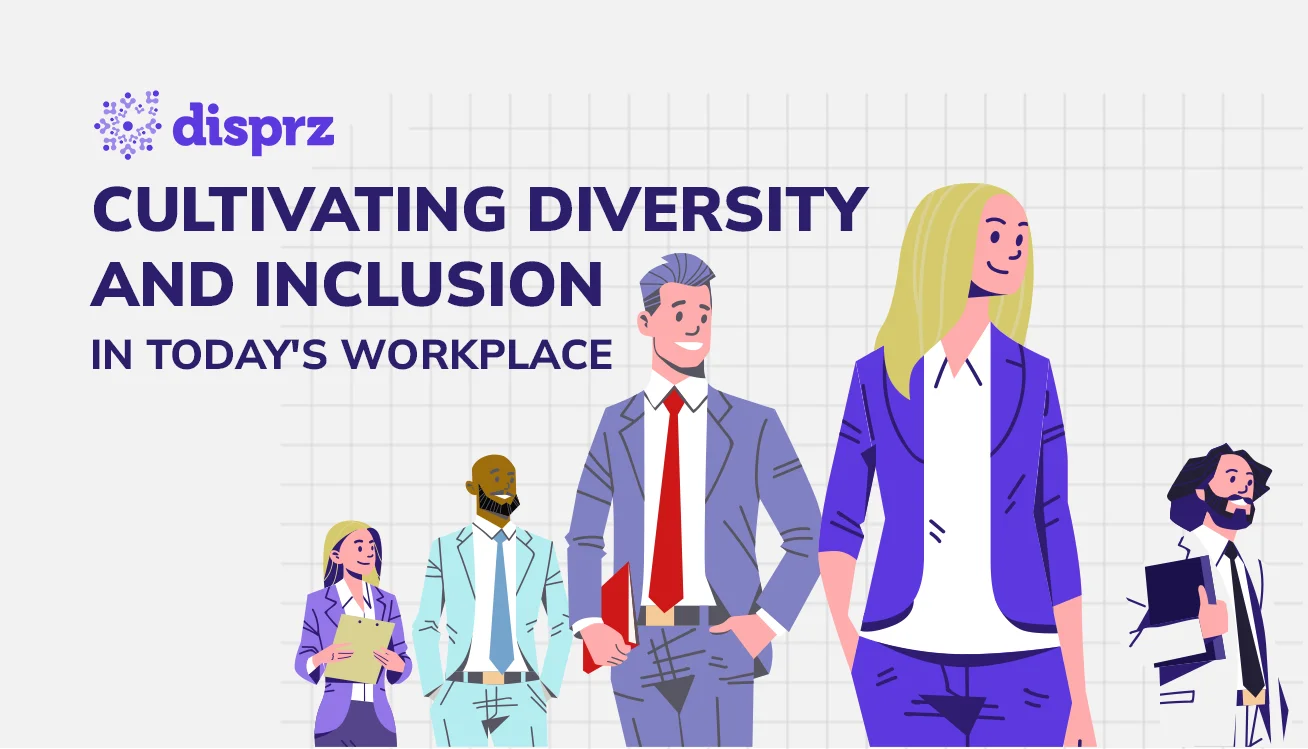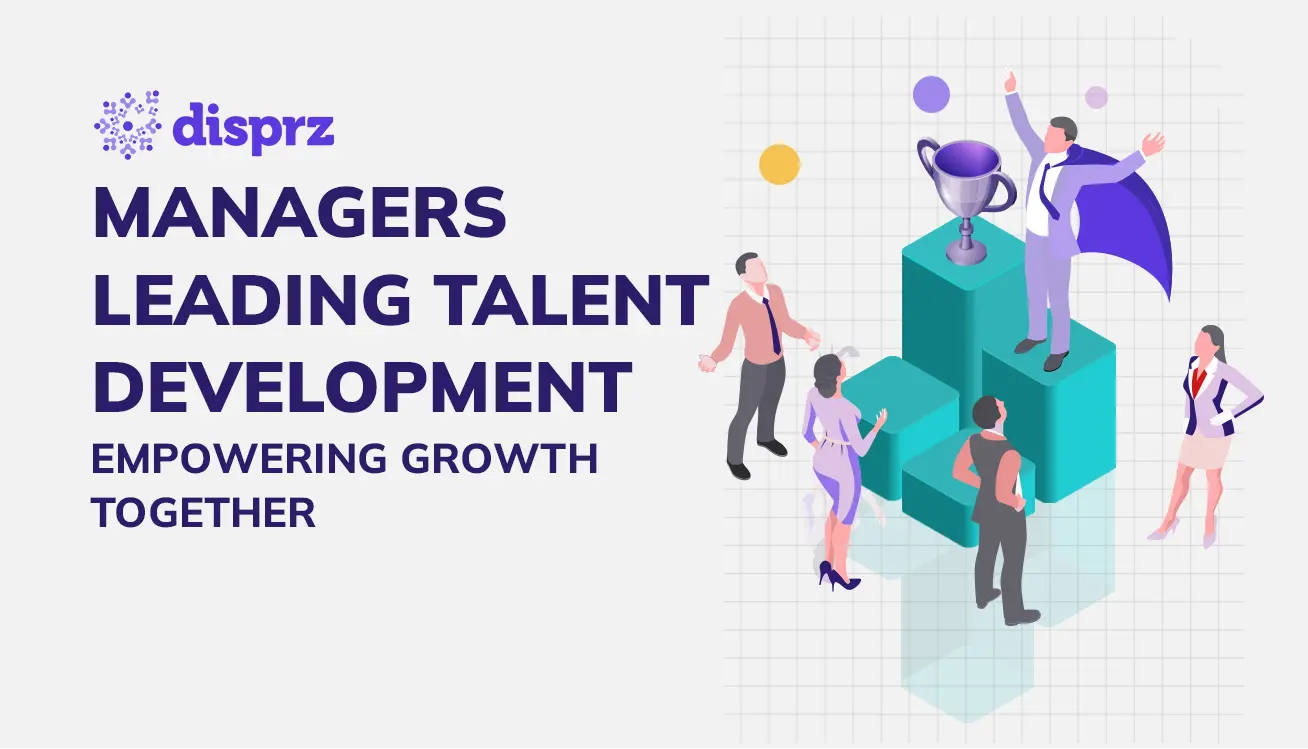-
Outcomes
Latest Blog Posts
 Essential Strategies for L&D Teams in Today’s Workplace by Cultivating Diversity and Inclusion
Essential Strategies for L&D Teams in Today’s Workplace by Cultivating Diversity and Inclusion -
Products
ProductsLatest Blog Posts
 Essential Strategies for L&D Teams in Today’s Workplace by Cultivating Diversity and Inclusion
Essential Strategies for L&D Teams in Today’s Workplace by Cultivating Diversity and Inclusion -
Customers
Latest Blog Posts
 Essential Strategies for L&D Teams in Today’s Workplace by Cultivating Diversity and Inclusion
Essential Strategies for L&D Teams in Today’s Workplace by Cultivating Diversity and Inclusion -
Resources
Latest Blog Posts
 Essential Strategies for L&D Teams in Today’s Workplace by Cultivating Diversity and Inclusion
Essential Strategies for L&D Teams in Today’s Workplace by Cultivating Diversity and Inclusion -
Company
Latest Blog Posts
 Essential Strategies for L&D Teams in Today’s Workplace by Cultivating Diversity and Inclusion
Essential Strategies for L&D Teams in Today’s Workplace by Cultivating Diversity and Inclusion

6 min read
• 16 Oct 2023
Does Your Hospitality Training Program Build the Right Hard and Soft Skills?
A good restaurant can transform into a great restaurant if it focuses on the hospitality training necessary to build hard and soft skills for your workforce.
-
eBookEmployee Upskilling - A Detailed Blueprint For Building A Skills-Driven Learning Culture
According to Punket Research, the global restaurant industry generated approximately $2.2 trillion in 2018. The number of hotels and inns of all types in the world is more than 2 million, housing more than 15 million guest rooms. The revenues from food and bar services garnered $717 billion in the US alone. Honestly speaking, we don’t need these statistics to tell us that the hospitality industry is booming.
Unfortunately, almost 60% of all restaurants fail in their first three years. According to industry experts, the success or failure of such an enterprise is determined by various factors, including – knowledge, drive, skills, determination, and passion. These factors directly relate to employees’ personality, diversity, and most important of all, hospitality training.
This is what we will address in this blog – How we will ensure that the staff members are fully trained and are ready to take your business to its deserved success?
Hospitality Training for the Entire Workforce – Front and Back
Skills creation and attitude-building are important for both the frontline and the kitchen staff. The front-end staff need to present their best face to the customer; the back-end kitchen staff need to ensure that the products match the expectation on quality and presentation.
No matter what you have, a restaurant, a diner, or a star-rated hotel, you will need to take a hard look at the hospitality training program you have. How do you do that?
1. Focus on Hard and Soft Skills
Hospitality staff require various skills. The kitchen staff need to know about cooking, hygiene, health & safety, etc. The service staff need to know about table set up, arrangement, cleaning, crowd management, etc. The front office staff need to know about ledger maintenance, hotel management system access, customer relationship management, etc. The admin staff need to know about stocks, procurement, product quality, etc.
These are hard skills without which they can’t function at all. There are also some soft skills and behaviors, which would make or break performance. The kitchen staff need time management and stress management. The service staff need personal relationship and dispute management. You can’t afford to have the most efficient waiter who is short-tempered and foul-mouthed. Or the greatest chef in the world who is disorganized.
You need to plan hospitality training interventions and link them up strongly with the performance objectives of the staff members. You should first carry out skill-gap analysis, across functional, leadership and behavioral skills. Say, you have an assistant chef that needs time-management skills. Or you have a waiter that needs stress management training. Or you have a delivery staff that needs a boot!
Once you identify the requirements, you can then schedule the training interventions. These days, taking the online route is the best, because no one has the time nor the affordability for face-to-face hospitality training. Even the onboarding training is delivered online, simply because it reduces time to productivity of new hires and saves valuable money otherwise incurred in arranging for the travel of the trainees from geographically dispersed locations.
If you can’t build online hospitality training programs yourself, don’t worry. There are pre-built training service providers who can help. Start-ups like Trypsy offer hundreds of microlearning opportunitiesnon various subjects such as compliance, culinary, hotel, service, etc.
You can also approach eLearning service providers who can help you source and license training programs by combing through service providers across the world and shortlist the best and most affordable ones. This is called Strategic Sourcing.
2. Follow-Up on Hospitality Training
Don’t stop with just delivering the required hospitality training, you need to ensure that it works. This means the training must translate into desired performance. Set timelines to follow up on it. Link these training interventions to performance objectives. If the assistant chef assembles seven burgers in an hour, he should attempt ten an hour. This will help you determine if the training had been effective. That hassled waiter should aim for higher feedback ratings or fewer customer complaints.
If the performance objectives are met, you need to consider taking the training to the next level. If they are not, you need to decide on next steps: should they undergo the same training again or should there be a new training to be planned? In other words, is the issue with the person or the program?
3. Embrace the Buddy System for Learning
If you’ve exhausted hospitality training options, or if you can’t afford to spend a lot of money at this moment, you may also consider Buddy System. Assign one efficient waiter to a struggling one. The latter should tail the former and learn by observing, talking and taking notes about how the former operates.
Similarly, an assistant chef can tail a more experienced and efficient chef to observe and learn.
For those struggling mainly with soft skills, you can introduce mentorship and coaching programs. Bring in either an external professional or, if that’s beyond budget, find an internal mentor. Remember, not everyone can be a mentor. This person should naturally be a leader who the people look up to. The mentor can hold group sessions and one-on-one sessions to identify, address and help resolve the challenges faced by their group. Such a mentor need not be an industry expert or someone from the management, but just be good at whatever he or she is doing and someone that others admire for his or her qualities.
Hospitality industry is one of the rarest industries that offers huge business potential and is growing by leaps and bounds. A good restaurant will transform into a great restaurant simply by having a well-trained and motivated staff. Make yours a great one. Look for hospitality training opportunities today and see your business transform.
About the author

Srinaagu Edla
Sri is a seasoned leader with a rich and diverse career spanning over a decade across IT, E-learning, L&D, and Fintech. His forte lies in consultative selling, consistently exceeding sales targets, expanding market presence across various geographies, and cultivating strategic partnerships. With a remarkable track record of launching Disprz in the USA, Europe & APAC markets, Sri is currently driving the company's growth and expansion in USA, dedicated to empowering organizations with innovative, performance-enhancing learning solutions.
More Resources
4 min read
• 15 Apr 2024
Unlocking the Power of Managerial Engagement in Talent Development
4 min read
• 09 Apr 2024
Nurturing Excellence in Building Leadership Pipelines
4 min read
• 09 Apr 2024
Improving “Employee Experience” For Organizational Growth
Sign up to get free resources and stay up to date with Disprz!
Discover how Disprz can align learning and upskilling with your desired business outcomes.




